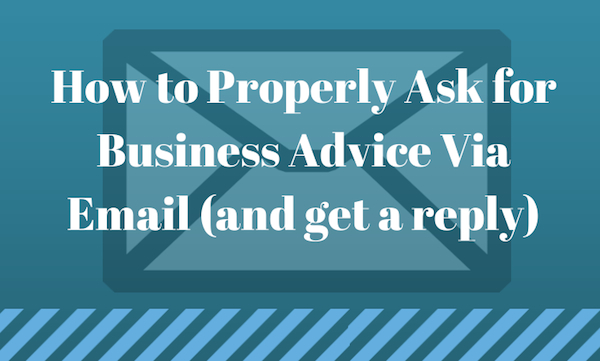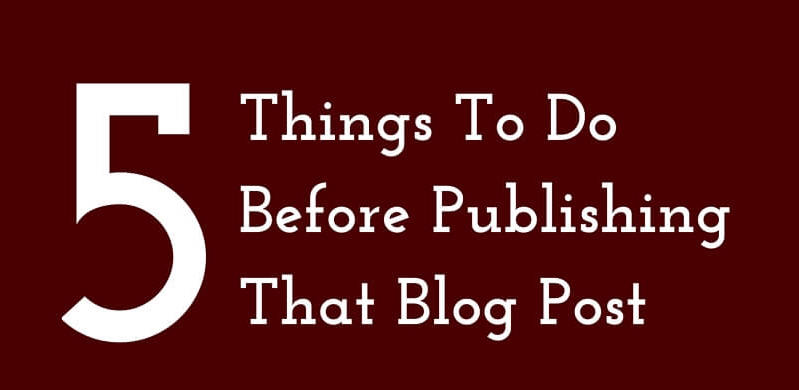4 Ways To Not Be A Crappy Client or That Thing You Want Costs Time, Money and Skill

Post written by contributor, Veronica Marche.
I adore my clients. My favorite client calls are the ones that end in raucous laughter, where I hang up and find myself super excited about the work ahead.
I’m an illustrator, and that means I work closely with people to develop the kind of images they envision for their brand, business or special event. And an overwhelming majority of the time, I’m working with amazing people with amazing visions and grand plans for world domination. Those are my favorites.

But other times…. well, other times, I end up banging my head against the desk. I have a pretty good system in place to filter out terrible clients, but I still get requests that make me stare at the ceiling like, “Why, Lord? Why?” Nothing’s more aggravating than someone asking you to do more than your contract calls for, or, even worse, asking you to undervalue your work. To that end, here are four ways you can avoid earning a reputation as a crappy client and ending up on a freelancer’s blacklist.
1. Don’t ask for professional work at an amateur rate.
Whenever I give a project estimate to a potential client, I usually get one of three responses:
a. “That’s great! When can we start?”
b. “That’s a little more than I was expecting, let me run the numbers and get back to you.”
c. “That’s out of my range. I afraid I won’t be able to move forward, but thank you.”
All of these are perfectly understandable and relatable responses. What’s not acceptable? Asking someone to do the same work for a fraction of their rate.

This has happened more times than I care to admit. I’ve been asked to do a complicated illustration for less than 20% of the price, and to lower the rate (but speed up the turn-around time!) of another project that was already discounted. Not only is it annoying, but it’s incredibly disrespectful — of the time, skill and energy it takes to finish a project, and of the commitments that I’ve made to other clients.
If you can’t afford a professional’s rate, that’s okay. A lot of folks, me included, are happy to refer to you to students or other resources that can help tackle your project and bring your vision to life. But requesting someone to work for a fraction of their rate is the quickest way to end up blacklisted among other creatives.
2. Remember – that thing you want takes time to create.
My usual turnaround time for an illustration is 4 to 6 weeks, and that’s assuming everything goes smoothly. When you hire an illustrator (or any creative), they don’t sit down at their desk and immediately start creating the final product for you. There are many more preliminary steps involved (You can see a post about my process here).
Whether you’re working with a designer, a coder or a writer, there are many steps in the creative process — research, rough drafts, revisions, mock-ups, and more. Creatives take pride in their work and want to make sure they deliver the best product possible, and that requires time. Asking someone to turn around a project in a day or a week not only short-changes the person you hired — it short-changes the end result of your project.
Note: If it’s a very urgent project that can’t wait 4 weeks or more, most experienced professionals will require you to pay a rush fee.

YUP! Designed by Colin Harman. Found on Cool Infographics.
3. Stick to the contract.
“Scope creep” or “project creep” are frightful, dirty words among creatives. They describe what happens when a client starts requesting work beyond the initial contract, without paying the additional costs. (Sidenote: Every good creative professional should be working with contracts).
Scope creep happens when a contract states that a web designer will create six pages, but the client suddenly decides they need eight… nine… ten. It’s what happens when a client agrees to an illustrator sending them three rough sketches, but then asks for five, ten, fifteen sketches or more before deciding which one to use. Scope creep will annoy the hell out of the creative you’ve hired (as it takes valuable time away from their other commitments) and make them less excited about doing work for you.
If you want a creative to be on-call for your project, you’ll have to put them on retainer. Otherwise, the only fair thing to do is to abide by the constraints of the contract.
4. Allow the person you’ve hired to work their magic.
You’ve looked at their portfolio, you’ve seen their work for others, and now you’ve agreed to hire a creative to bring their skills to your project. Now is the time for you to step back just a little bit and let the artist/writer/designer work their magic. A good creative professional will always ask for your feedback to make sure they’re going in the right direction of your vision, but they will also advise you on the best solution for your problem.

Maybe an illustration of rabbits and horses will work against your brand, or maybe your website doesn’t need complicated animated graphics and intricate lightbox pages. The best creative professionals will steer you in the right direction and deliver awesome results that will make you look good. The key is to let them.
When creatives get together with other professionals, there’s always an opportunity to make magic happen. Ensuring a positive working relationship takes understanding and effort on both sides, and can result in incredible collaborations down the line.
So please don’t be a crappy client.
Veronica Marché Miller is a fashion illustrator who works with small businesses and lifestyle brands. She can be found sketching for the ‘Gram, and you can see more of her work at veronicamarche.com.
If you found this post helpful, pin the image below! You can also pin it from HERE because I already did.







